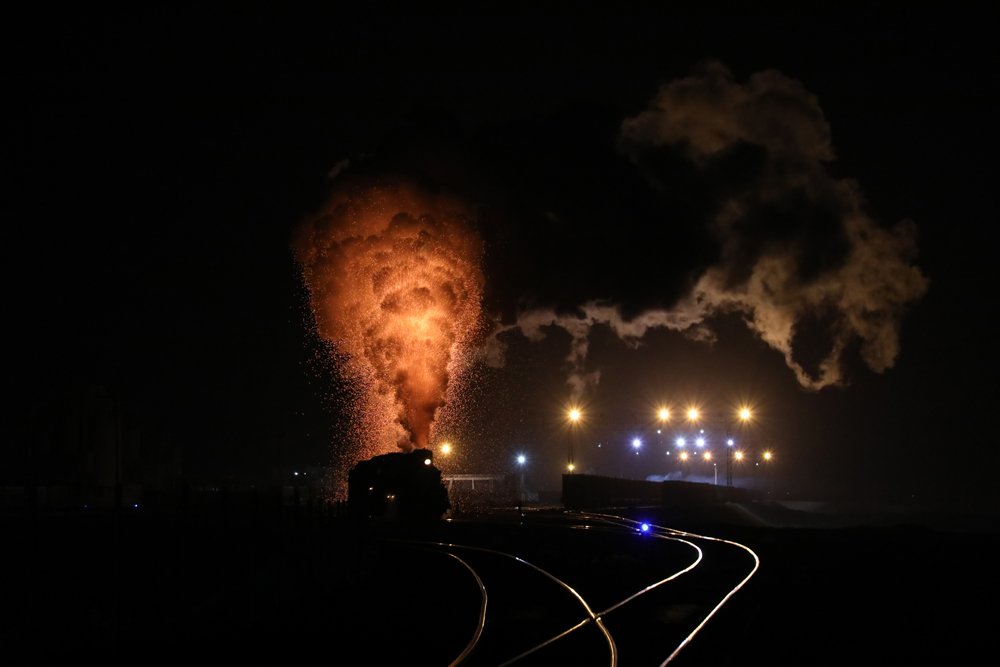
Steam locomotives dropped their fires for last time in everyday use in China in mid-January with the end of operations at a coal mine in Xinjiang Province, ending three decades during which the country became famous with railfans worldwide as the last refuge of steam operation. New steam locomotives were still being built in the late 1990s.
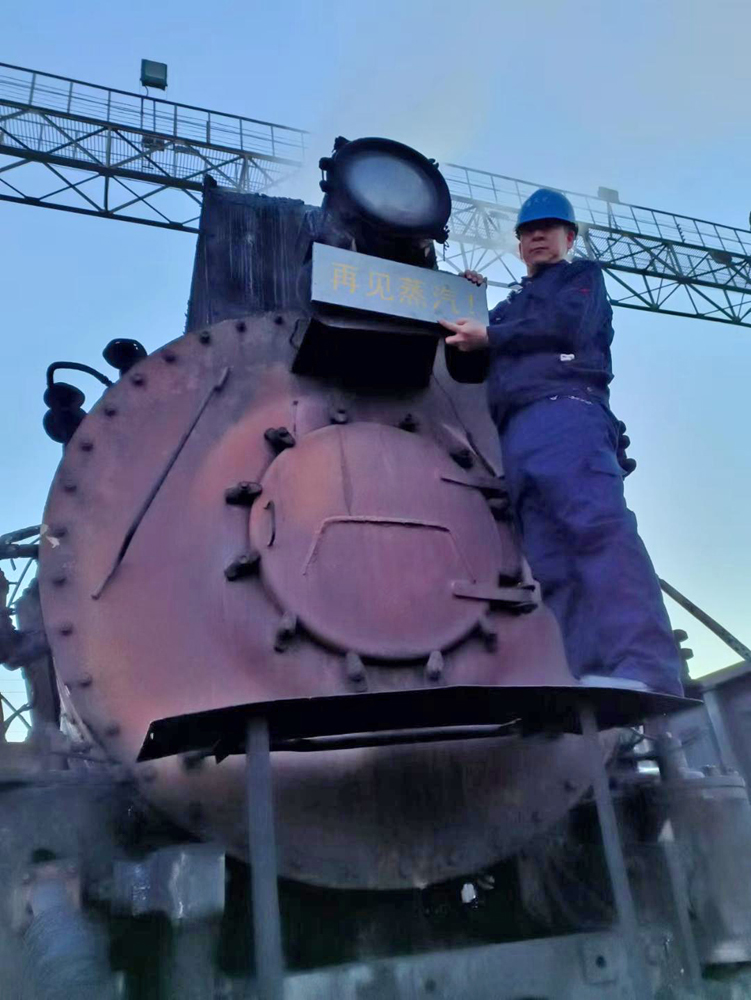
For many years railfans visited China to see mainline steam in action, long after it had ended almost everywhere else. Main line steam operation of the “Jing Peng” Jitong-Tongliao Railway in Inner Mongolia ended as recently as 2005; this 587-mile line only opened in 1995 – using steam locos as the country had so many to spare. The ‘Jing Peng’ line was the last place the Chinese QJ 2-10-2 locomotives were used for long-distance freight and passenger; 4,717 of these were built 1957 to 1988 and while most have been scrapped, three are in the U.S.: Nos. QJ 6988 and QJ 7081 have been used on the Iowa Interstate but are currently out of service, while QJ 7040 is in Kentucky awaiting overhaul after running passenger trips between 2008 and 2013.
After the Jitong-Tongliao Railway converted to diesel, steam locomotivess remained in widespread use, mainly at coal mines and steelworks, all over China. These locomotives, most of which were SY 2-8-2s (1,860 built between 1960 and1999) or JS 2-8-2s, have been slowly replaced, mainly by secondhand diesels, of which there are now many as China has invested heavily in high speed rail and mainline electrification over the last two decades. Two SY locomotives are in the U.S. although they never ran in China, having been built to order in 1989. A third similar locomotive was lost at sea on the way from China to the U.S. in 1991 when the ship carrying it was sunk by a typhoon.
Sandaoling – last bastion
Locomotives at a huge open-pit coal mine at Sandaoling, Xinjiang Province, became the last bastion of steam operation with 24-7 operation and multiple engines in use. Despite security restrictions following terror attacks elsewhere in Xinjiang around a decade ago, railfans from around the world continued to visit Sandaoling before the COVID-19 pandemic began in 2020. Visits were especially popular in mid-winter when the steam locomotives were most impressive, given the low temperatures in the desert area. By 2020, visitors increasingly included Chinese railfans from elsewhere in the country.
Sandaoling used a fleet of JS class 2-8-2 locomotives, with more than 20 in daily service as recently as 2015. 1,916 of the JS type 2-8-2 were built between 1957 and 1988. One, JS 8419, was sold to the Boone & Scenic Valley Railroad in Iowa where it has recently been overhauled. That locomotive, the only example of the type outside China, is featured in the photo on the landing page of the Boone & Scenic website.
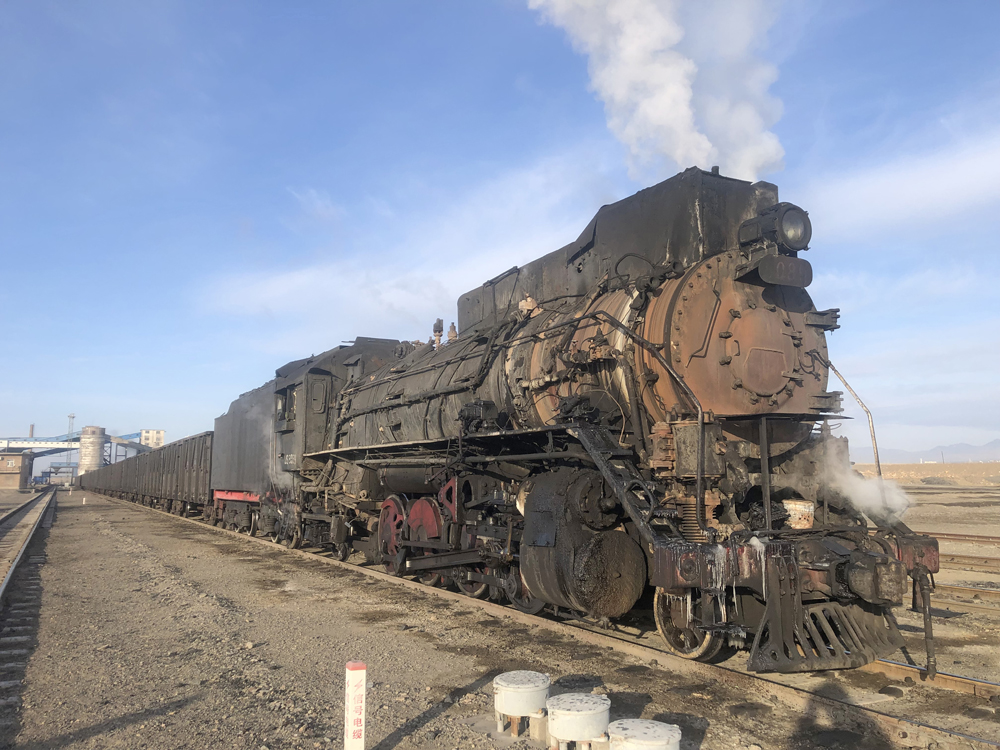
Steam operation at Sandaoling received a temporary reprieve in May 2018 after a plan to replace trains with trucks was deemed uneconomic. However, the pit had been expected to be worked out within three years and mine management had announced locally that steam operation would end in September 2021, a year later than an original deadline set by the local government.
In the end, steam operation and the mine itself held on for more than two additional years, but on a much smaller scale than a decade or more ago, when multiple steam locomotives were used within the mine and on the extensive network serving it.
By the start of the 2020s, three JS Class 2-8-2s were used to work in the big pit itself daily, out of a pool of four, with one of the four being serviced and cleaned each week. Six more were used pre-COVID for switching and short transfers to the nearby China Rail mainline yard. Steam working in the open pit ended in August 2022, and all the tracks were lifted.
A small fleet of six-axle diesel locomotives has replaced the remaining steam fleet. For many years, diesels were not permitted on some parts of the system due to axle loadings, but the newer Class HXN5B locos delivered in late 2022 are light enough to avoid track damage.
The last operational area was switching in the mine’s South Yard, and in the last few months only three locomotives were in use. No. JS8314 had been in use until Nov. 26, 2023, when a large truck hit it on a crossing, seriously damaging the tender but fortunately not harming the crew. Following approval for use of the HXN5B diesels in the fourth week of December, steam locomotive No. JS8366 was taken out of service on Dec. 26, leaving No. JS8089 as the only steam locomotive in service. It was retired Jan. 15 to end steam operations; in its last weeks, it had switched the yard and made short trips to the China Rail interchange sidings, sometimes with a new innovation — cars loaded with open-topped shipping containers of coal.
There may still be a small amount of steam switching work at mines in Bosnia, but this is now mainly for visiting photographers. There may also be steam operations in North Korea, although these are likely inaccessible to any railfan from anywhere.
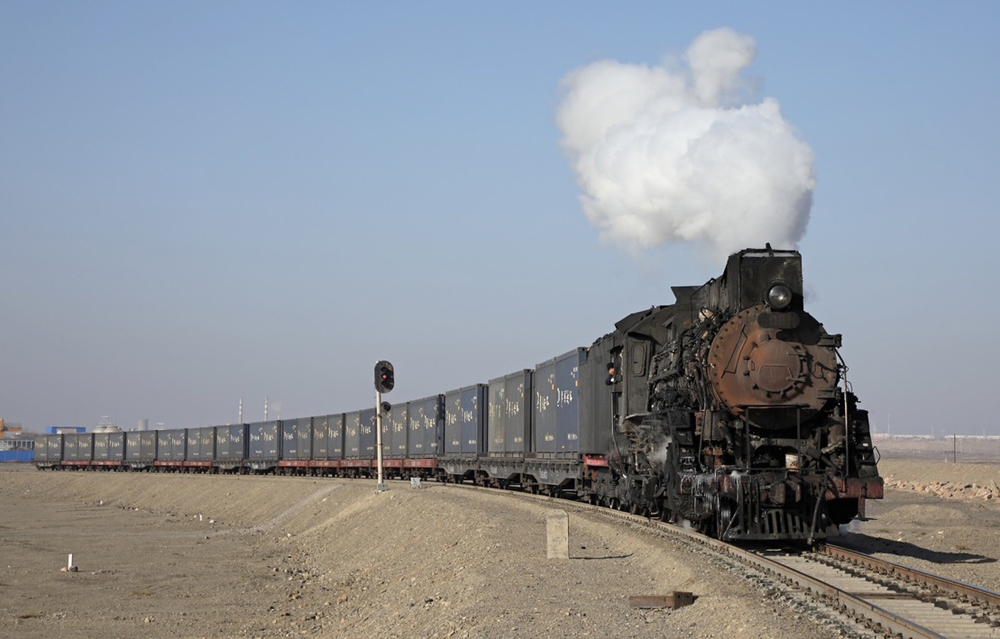






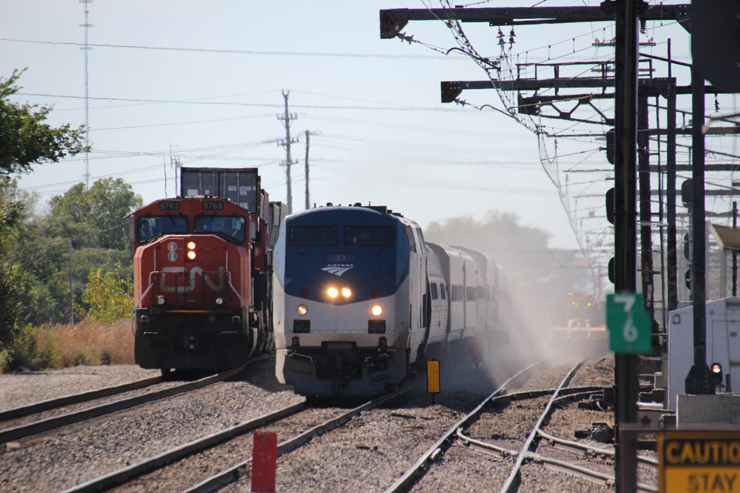
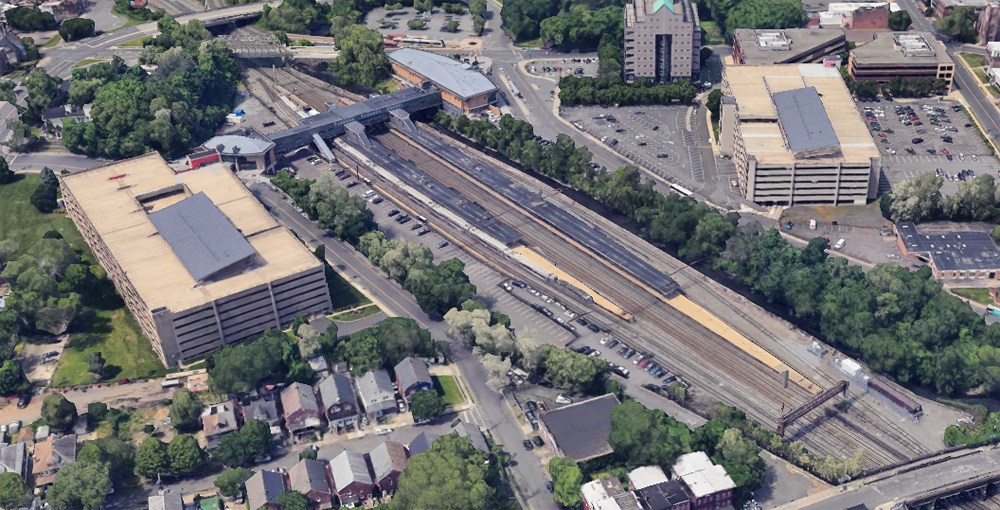
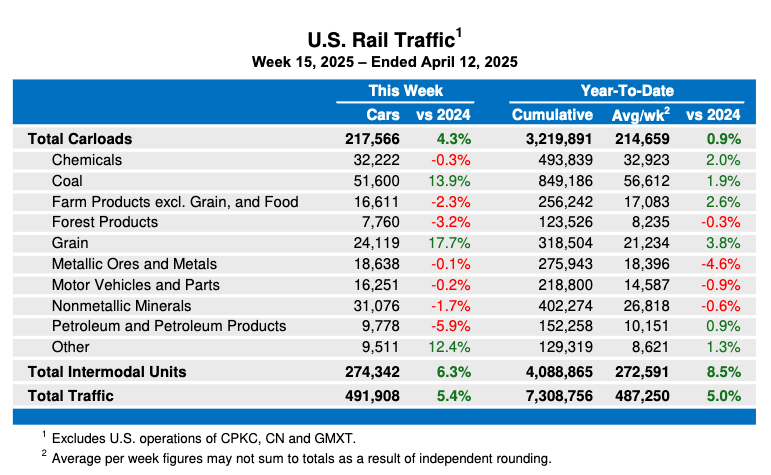
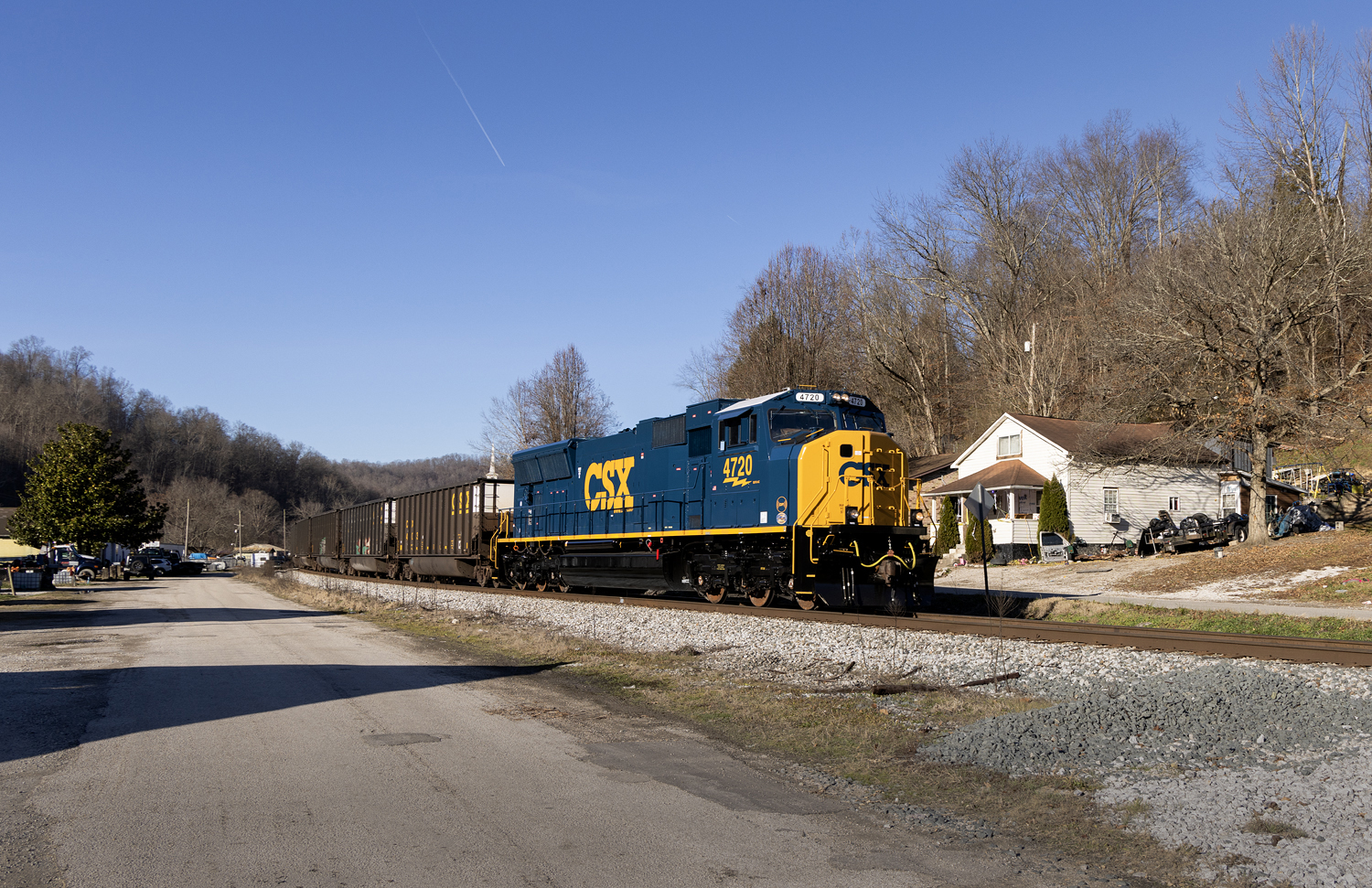




Nice Photos 😀